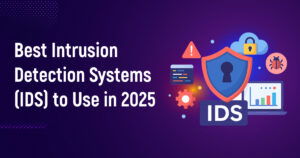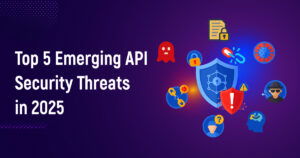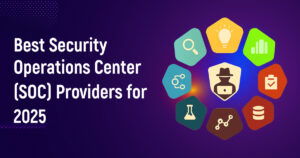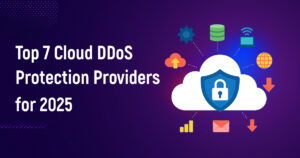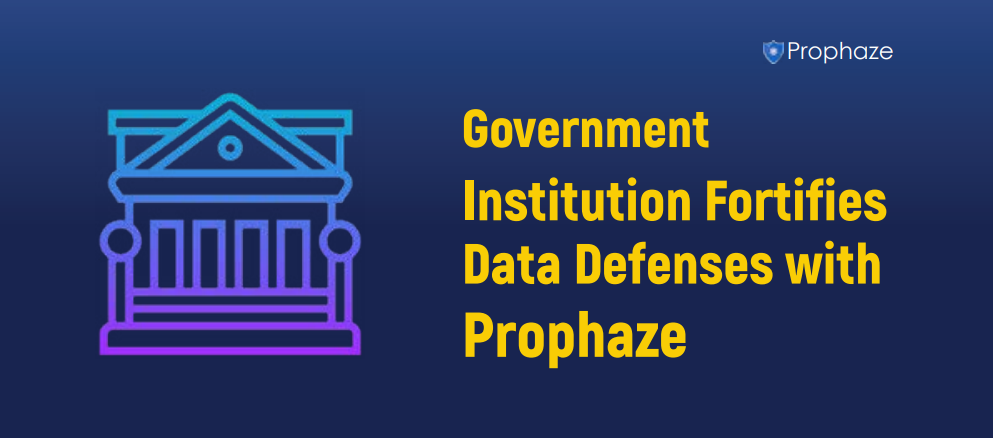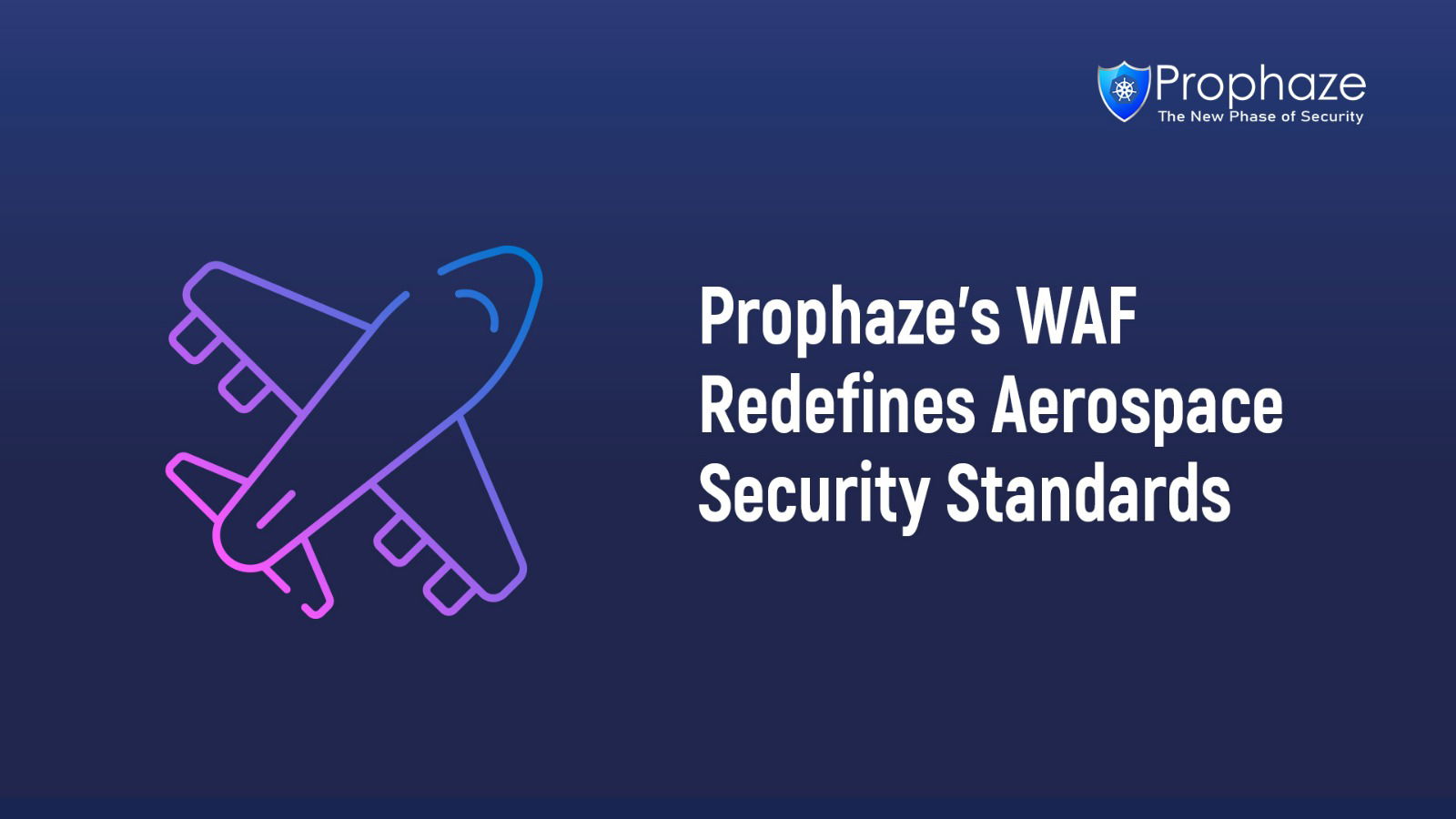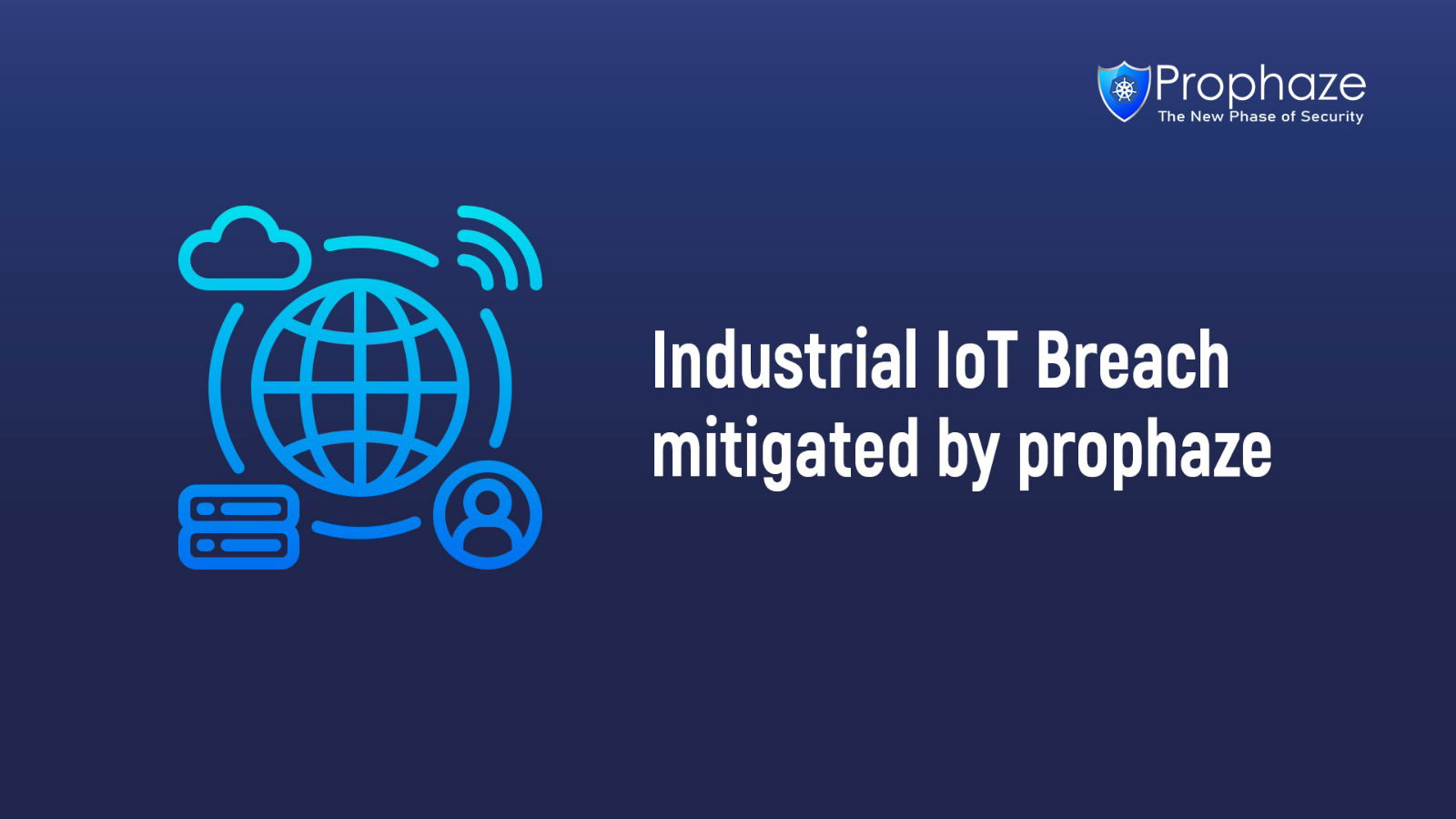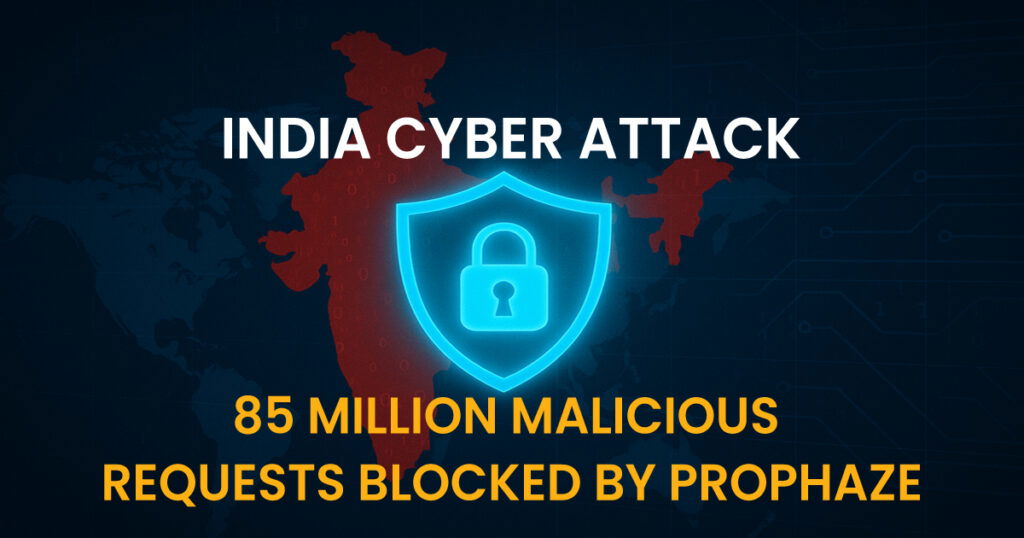Significant challenges have marked the cloud security landscape as organizations increasingly rely on cloud services. In 2023, 82% of data breaches targeted public, private, or hybrid cloud environments, exposing cloud platform vulnerabilities. This high percentage highlights the urgent need for robust cloud security measures to protect valuable data and assets. Cloud services are becoming the de facto standard, as 65% of IT decision-makers want cloud-based solutions, and ensuring the security of cloud environments is a significant challenge.
As enterprises increasingly rely on cloud services, the demand for robust cloud security management has never been more urgent. Prophaze recognizes the unique challenges of securing cloud environments.
Challenges in Cloud Security
Data breaches targeting cloud environments have increased in recent years, with a significant portion affecting multiple cloud platforms. The average cost of a cloud breach is staggering, underscoring the urgent need for improved security measures.
One of the main challenges in cloud security is the lack of visibility into distributed cloud resources, which causes problems in tracking suspicious activity and vulnerabilities. The lack of consistent permissions policies across cloud vendors in the 1990s made security efforts more difficult, increasing the risk of misconfiguration and breaches.
Additionally, communication issues between different teams involved in cloud operations can result from overlooked security best practices and vulnerabilities, exposing the cloud environment to cyber threats.
Continuous Threat Exposure Management (CTEM) Solution
A proactive approach to cloud security is essential in addressing these challenges. Continuous Threat Exposure Management (CTEM) prioritizes critical vulnerabilities and mitigates cyber attacks. Unlike traditional maneuvers, CTEM enables better identification of high-risk areas and proactive action against advanced attack methods.
By focusing on high-impact attack methods, cloud security teams can develop targeted mitigation plans, streamline workflows, and accurately report real threats across multiple cloud environments with comprehensive visibility aligned with CTEM industry standards and best practices, ensuring standard access and transparent accountability.
Fixing Critical Exposures Across Multi-Cloud Environments

CTEM emphasizes identifying and verifying the exposure of critical threats to cloud resources. Employing multi-factor authentication (MFA) to administrator accounts and other high-priority access vulnerabilities and choke points will help organizations efficiently protect their cloud environment.
The system also addresses hybrid environment attacks by analyzing attack methods in on-premise and multi-cloud environments. With this all-encompassing approach, organizations can manage cyber threats in front of the ongoing challenges by gaining insight into potential breach areas, attack techniques, licenses, and remediation strategies.
Ensuring Security in Cloud-Based Operations
In conclusion, preventing cyberattacks in cloud environments requires a proactive and all-encompassing approach to cloud security, such as Continuous Threat Exposure Management (CTEM). Determine priorities, shift the security posture of organizations from reactive to proactive, address vulnerabilities, and guarantee that cloud-based operations are secure.


